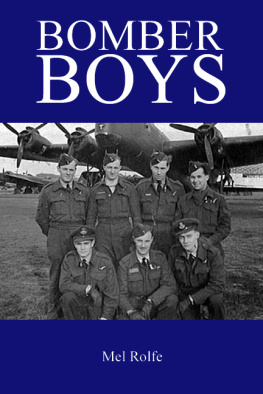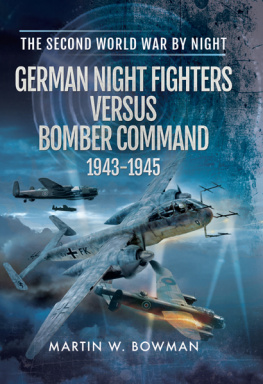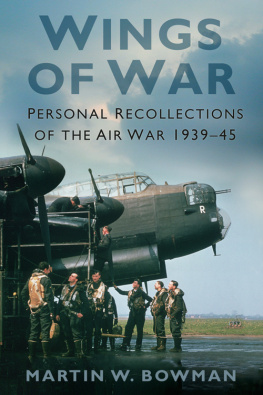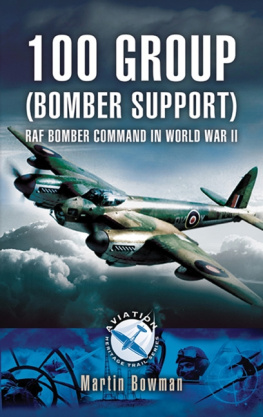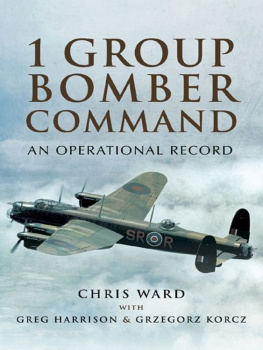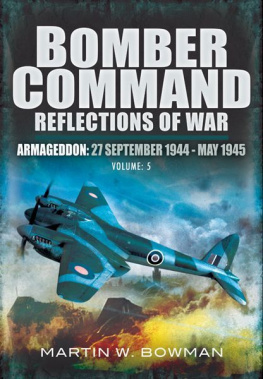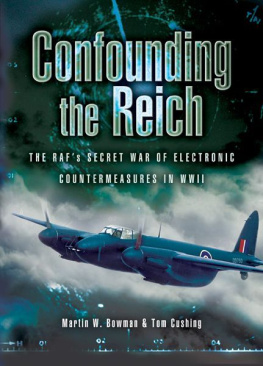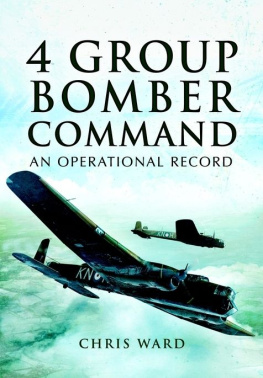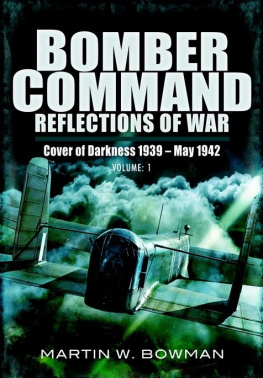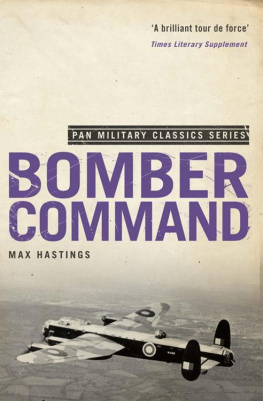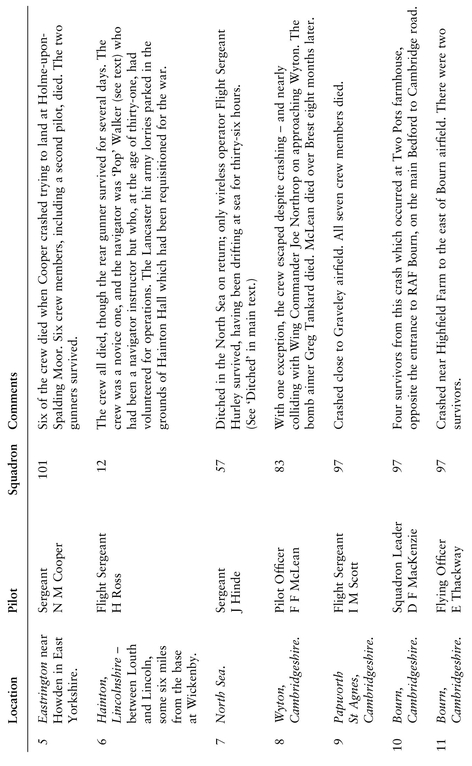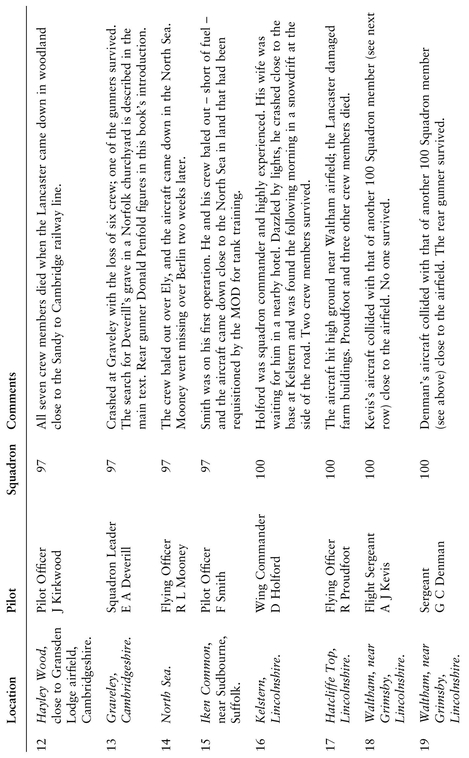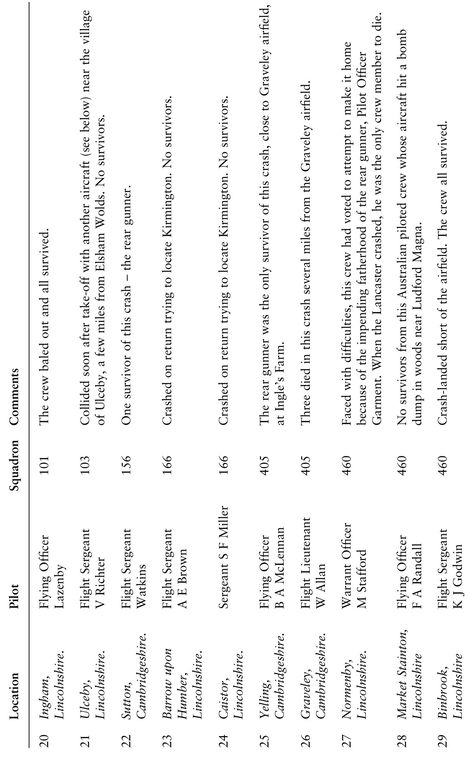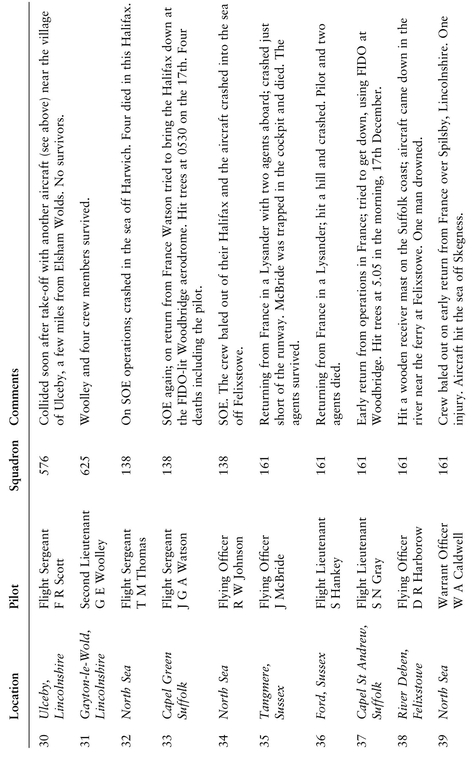ACKNOWLEDGEMENTS
A book of this kind relies hugely on the good will and memories of many people. I am enormously grateful to all of them. Without exception, where I have asked for help and advice it has been freely given. My father-in-law, Arthur Spencer, has been a constant source of information, a critical friend, and a great encouragement throughout this enterprise. All writers should have such a companion on the way. One of my oldest and best friends, Thain Hatherly, read the manuscript at a critical stage and was a wise counsellor on matters great and small. He gave hugely of his time in commenting on the draft and I am extremely grateful to him.
Of the survivors of Black Thursday, Roger Coulombe was a most willing and encouraging witness to the events of 16 December 1943. Our continuing e-mail correspondence across the Atlantic never fails to warm my heart. Other survivors who provided me with information and insights included J Peter Green, Henry Horscroft, E Hedley, Len Whitehead, Ken Duddell, Mike Hedgeland, Bill Kilmurray, Ted Mercer, Charles Clarke, Ronald Low, John H Ward, Bill Pearson and Sandy Sandison.
I am particularly grateful to Bob Wilson for permission to quote from his autobiography Behind the Network and to include photographs of his brother Billy; to Jennie Gray for the initial inspiration; Dick Barton for information about the crash at Eastrington; Rich Allenby; Roger Stephenson; Robin Lingard; Dave Cheetham; Ron Parker; Des Evans; Ian McGregor at the National Meteorological Archive; Brian Boulton for information, research and photographs relating to the crash at Iken; Angela and Peter Awbery White; Bob Adams for information about Malcolm Western; John Whiteley; Ray Barker; Pauleen Balls; Julian Hendy; Max Liddle; Ian Reid and Ian Walker, for the loan of photographs of his father Arthur Walker, together with his log book.
I would also like to thank the following for help and advice at various points in the research: my wife, Vanessa; Chris Thomas; John Thorp; Tom Gatfield; John Rees; Bill Napier; James Heneage; Dr Gerald Rolph at Allerton Castle; Vern White; Peter Parnham; Alex Wedderburn; Horace Bennett; Arthur White; David Fell; I D Golder and Graham Pitchfork.
The following organisations have been invaluable resources: the Yorkshire Air Museum; the National Meteorological Archive; the National Archives; National Defence Headquarters, Ottawa, Canada; the Memorial Room at RAF Linton-on-Ouse; the RAF Museum; the Imperial War Museum; Lincolnshire County Archives; the Second World War Experience Centre; the Yorkshire Evening Press; City of York Libraries; York City Archives and Ipswich Record Office.
I have sought to acknowledge in the text and footnotes the provenance of my sources. I am very grateful to those on whom I have drawn. Every effort has been made to seek permission to quote wherever practicable. I am conscious, however, that I have failed to track down the family of Sergeant Bernard Clark whose diary I draw on in chapter three. I hope that this recognition of his heroism and humanity compensates for the unsanctioned use of his diary, found on the BBCs Peoples War website.
Finally I apologise for any errors I may have inadvertently made, or sources I have not fully recognised or thanked. This book could not have been written without the diligence of others who put pen to paper before me.
APPENDIX A
CRASH LOCATIONS AND DETAILS
APPENDIX B
AVERAGE FLIGHT TIMES
This table comprises the average times for each squadron on the Berlin raid on 16 December 1943. It is based on data in the Squadron ORBs.
| Squadron | Average flight time |
|---|
| 7 | 7 hours 52 minutes |
| 9 | 7.11 |
| 12 | 7.49 |
| 44 | 7.39 |
| 49 | 7.46 |
| 50 | 7.45 |
| 57 | 7.26 |
| 61 | 7.38 |
| 83 | 7.29 |
| 97 | 7.32 |
| 100 | 7.19 |
| 101 | 7.46 |
| 103 | 7.19 |
| 106 | 7.34 |
| 115 | 6.50 |
| 156 | 7.06 |
| 166 | 7.22 |
| 207 | 7.25 |
| 405 | 7.45 |
| 408 | 7.14 |
| 426 | 7.21 |
| 432 | 6.54 |
| 460 | 7.25 |
| 463 | 7.30 |
| 467 | 7.22 |
| 514 | 7.14 |
| 550 | 7.41 |
| 576 | 7.21 |
| 619 | 7.49 |
| 625 | 7.32 |
| 626 | 7.56 |
| 630 | 7.26 |
| Average for all pilots | 7.30 |
APPENDIX C
CRASHES ON RETURN
The table below was drawn up by the Operational Research Section during the war. It illustrates the particular difficulties associated with inexperienced pilots crashing on return. Figures are for actual crashes.
APPENDIX D
THE REASONS FOR EARLY RETURNS, 16 DECEMBER 1943
| Number | Squadron | Reason |
|---|
| 1 | 7 | Main planes appeared to be buckling. |
| 2 | 12 | CSU u/s. |
| 3 | 12 | Intercom u/s. |
| 4 | 12 | Problems climbing. |
| 5 | 12 | Starboard inner engine u/s. |
| 6 | 57 | H2S and DR u/s. |
| 7 | 61 | W/T u/s. |
| 8 | 83 | Turret u/s. |
| 9 | 100 | Problems with starboard outer engine. |
| 10 | 101 | Overheating starboard outer engine. |
| 11 | 101 | Oxygen failure. |
| 12 | 103 | Leak in oxygen supply. |
| 13 | 103 | Port inner engine u/s. |
| 14 | 103 | Unable to extinguish lights. |
| 15 | 115 | Rear turret u/s. |
| 16 | 115 | Intercom failure; rear turret u/s. |
| 17 | 156 | No oxygen in mid-upper turret; gunner passed out. |
| 18 | 166 | Starboard outer engine lost oil pressure; overheating. |



